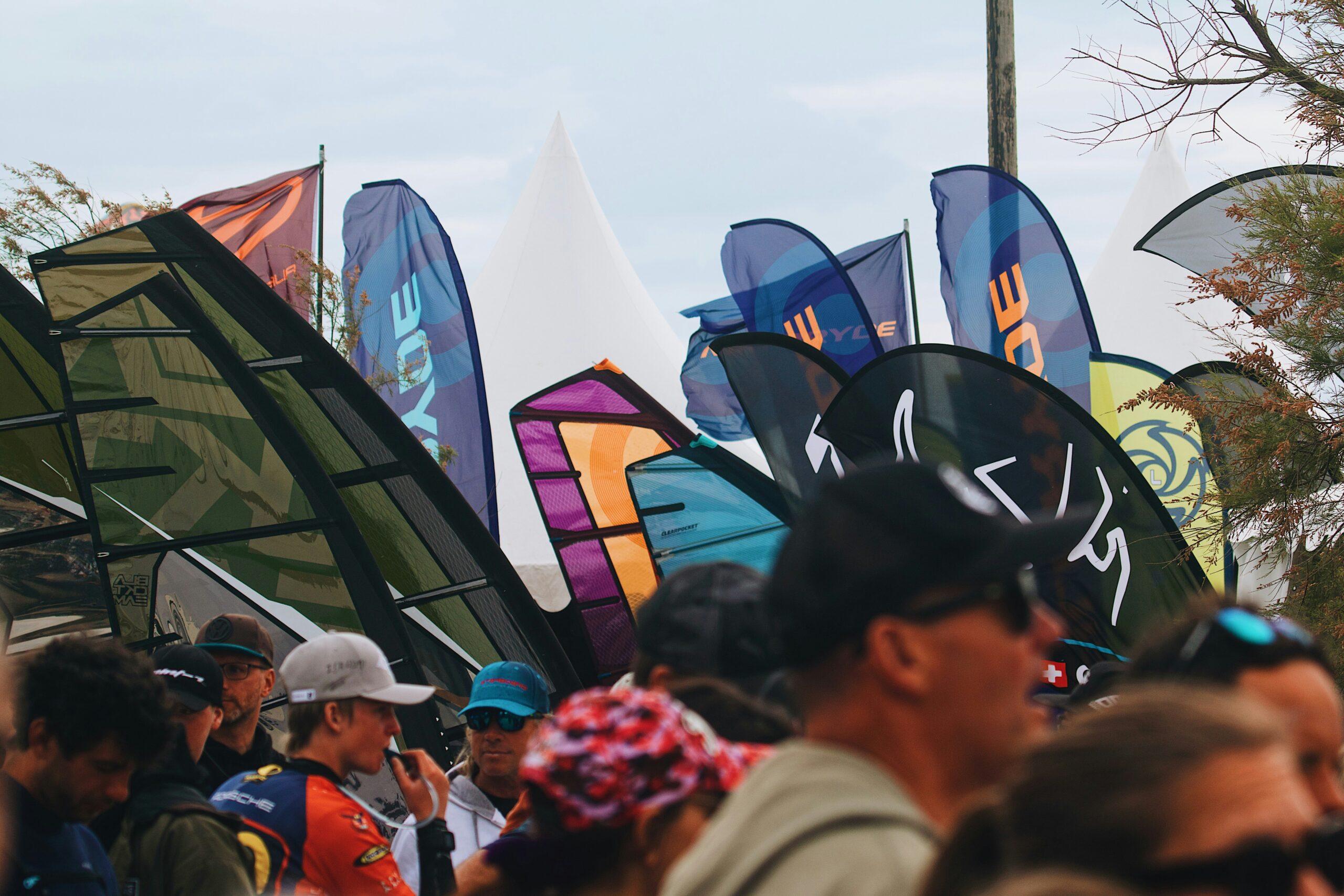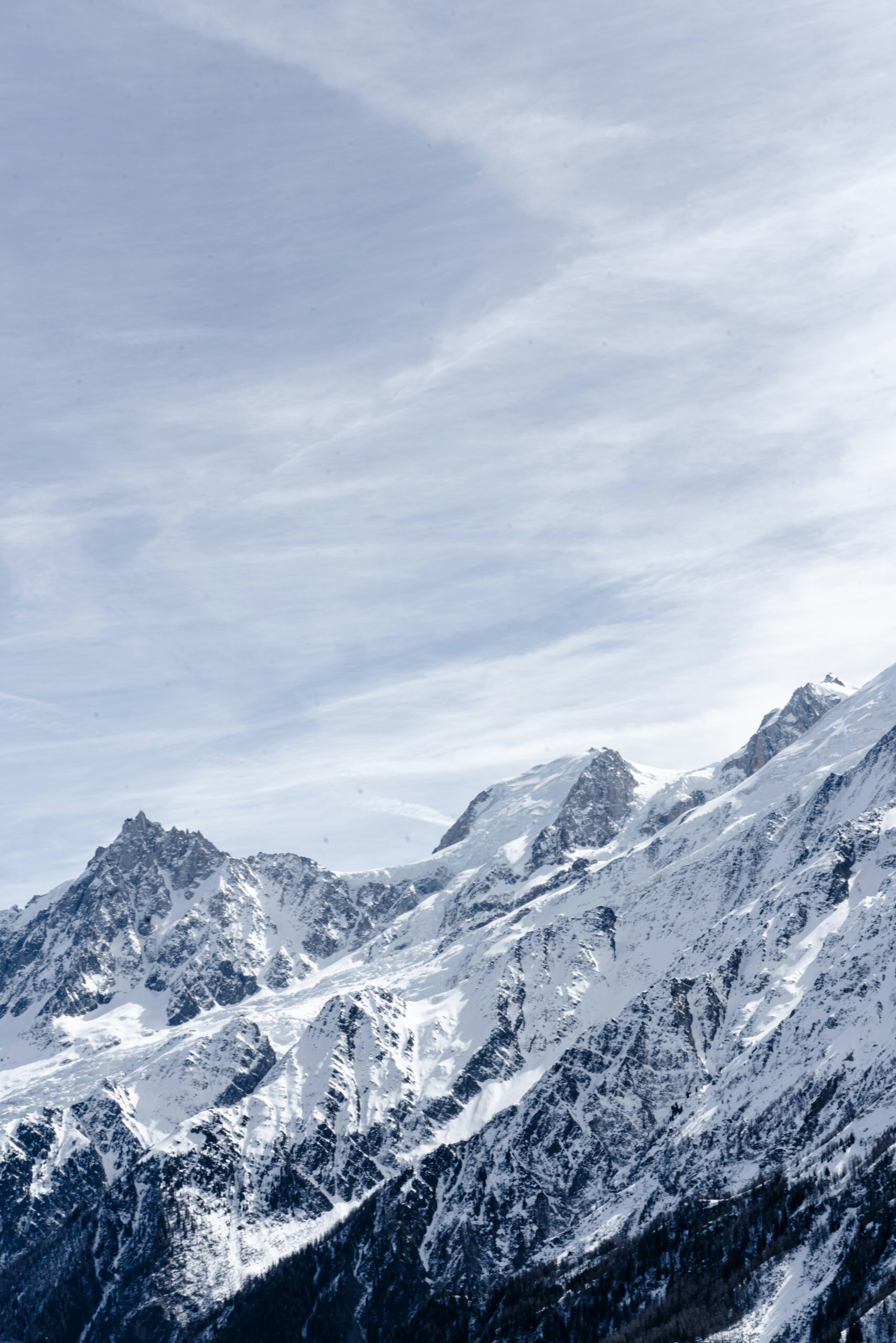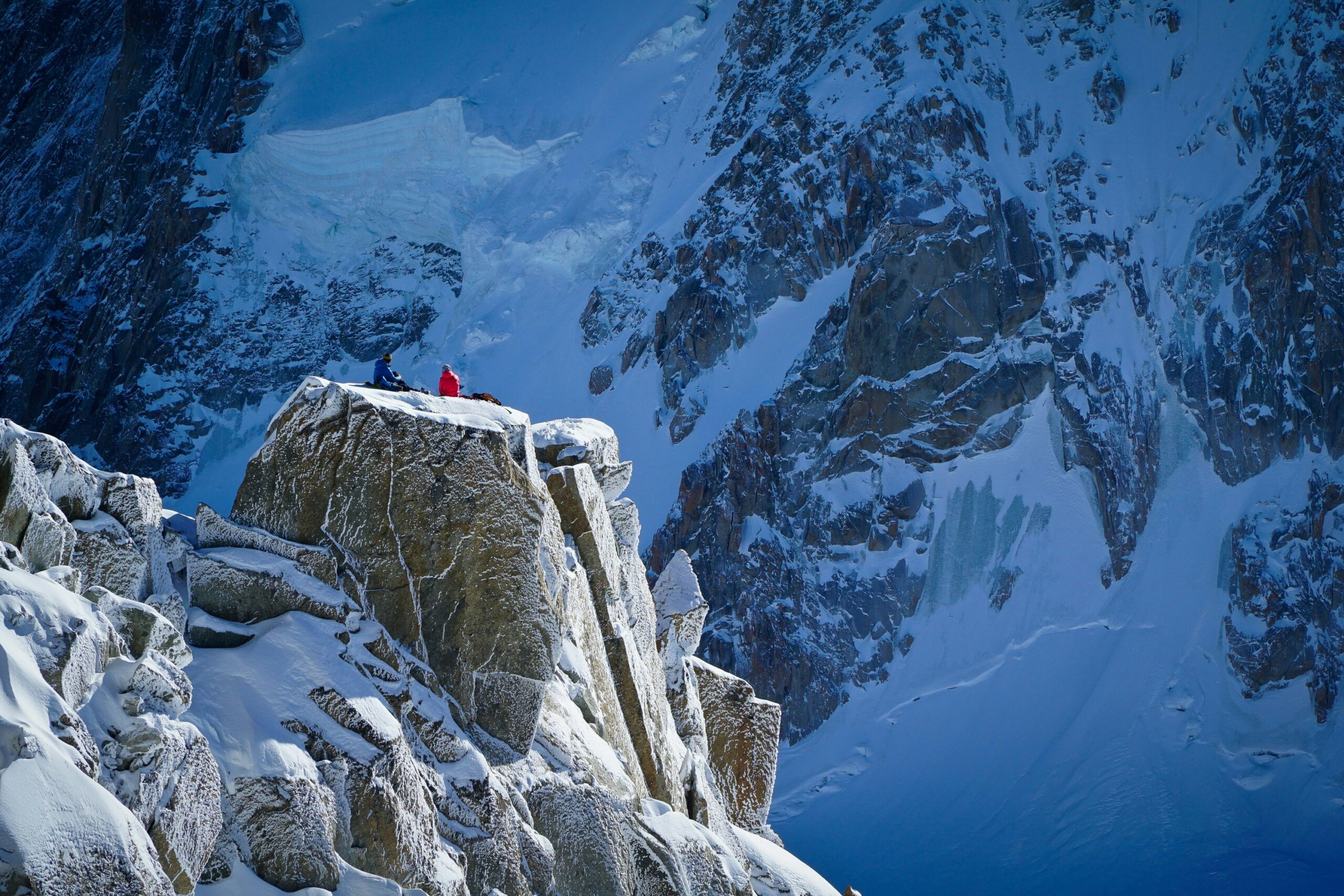Have you ever wondered what the success rate is for overcoming altitude sickness on Mount Shasta? Mount Shasta, standing tall at 14,179 feet, is a majestic peak that attracts climbers and hikers from all over the world. But with its impressive elevation comes the challenge of altitude sickness, a condition that can complicate an otherwise exhilarating adventure. Understanding the success rate of overcoming altitude sickness on this iconic mountain is crucial for anyone planning to take on the climb.
Understanding Altitude Sickness
Before discussing the success rate, it's important to grasp what altitude sickness is. Altitude sickness, also known as acute mountain sickness (AMS), occurs when you ascend to high elevations too quickly, not giving your body enough time to acclimatize to the reduced oxygen levels.
Symptoms of Altitude Sickness
Altitude sickness can vary from mild to severe and typically presents with several symptoms:
- Headache
- Nausea and vomiting
- Fatigue or weakness
- Dizziness or lightheadedness
- Difficulty sleeping
These symptoms typically begin to manifest at elevations above 8,000 feet, making Mount Shasta's peak a prime spot for experiencing AMS.
Types of Altitude Sickness
There are three forms of altitude sickness:
- Acute Mountain Sickness (AMS): The most common and usually mild form.
- High-Altitude Pulmonary Edema (HAPE): A life-threatening condition where fluid builds up in the lungs.
- High-Altitude Cerebral Edema (HACE): Another life-threatening condition where the brain swells with fluid.
Recognizing these conditions early is key to managing them effectively during your climb.
Why Mount Shasta?
Mount Shasta’s Unique Challenges
Unlike other high-elevation hikes, Mount Shasta poses unique challenges. Its rapid elevation gain can catch even experienced climbers off-guard. The weather conditions and remote location also add layers of difficulty. Therefore, understanding how altitude sickness impacts climbers here specifically can offer valuable insights into the success rate of overcoming it.

The Success Rate: What Does the Data Say?
General Statistics
Accurate data specific to Mount Shasta can be scarce, but looking at similar challenging peaks can offer some perspective. Approximately 20% to 30% of climbers experience mild altitude sickness at elevations around 14,000 feet. Severe cases are less common but still pose significant risks.
Studies and Research
Limited studies specific to Mount Shasta exist. However, data from other 14,000-foot peaks (often termed “14ers”) in the U.S. suggest that with proper acclimatization and preventive measures, about 70% to 80% of climbers successfully mitigate altitude sickness symptoms.
Factors Influencing Success Rates
Acclimatization
Acclimatization plays a significant role. Spending a few days at intermediate elevations before attempting the summit allows your body to adjust. Climbers who take the time to acclimate at camps like Horse Camp or Helen Lake generally fare better.
Hydration and Nutrition
Proper hydration and nutrition are crucial. Dehydration can exacerbate symptoms of altitude sickness. Ensuring you’re well-hydrated and consuming carbohydrates helps maintain energy levels during the ascent.
Physical Conditioning
Physical fitness can significantly influence your ability to handle high altitudes. While being in good shape doesn’t make you immune to altitude sickness, it helps your body handle the stress of the climb better.

Training and Preparation
Physical Training
Training for a Mount Shasta climb involves more than just gym workouts. Regular hikes at increasing elevations build endurance and help your body adapt to higher altitudes over time.
Mental Preparation
Mental fortitude is equally important. Preparing mentally for the challenges ahead can make a significant difference. Visualization techniques and meditation can help you remain calm and focused during the climb.
Preventive Measures
Medication
Medications like acetazolamide (Diamox) can help prevent altitude sickness. Consult a healthcare provider before your trip to see if this is a suitable option for you.
Oxygen Supplement
Portable oxygen canisters can be a lifesaver, literally. While not a common choice for everyone, having supplemental oxygen can be a good backup plan in emergencies.
Guided Tours
Hiring a professional guide can drastically improve your chances of overcoming altitude sickness. Experienced guides know the mountain's terrain and can help you pace yourself properly.

Emergency Protocols
Know When to Descend
Knowing the signs of severe altitude sickness and having the humility to turn back when necessary is critical. Many climbers face disaster by pushing on despite severe symptoms.
Communication and Companionship
Climbing with a partner and maintaining clear communication can be crucial. In emergencies, having someone who can monitor your condition and make crucial decisions can be life-saving.
Emergency Equipment
Carry an emergency kit equipped with altitude sickness medications, a portable oxygen canister, and communication devices. Preparation is the best way to manage unexpected complications.
Real-Life Stories
Success Stories
Many climbers who've successfully overcome altitude sickness on Mount Shasta attribute their success to careful planning and preventive measures. Accounts often cite acclimatization, hydration, and a steady pace as key factors.
Lessons Learned
There are also cautionary tales where climbers underestimated the mountain and suffered severe consequences. These stories highlight the importance of preparation, awareness, and responsiveness to symptoms.
Frequently Asked Questions
Here are answers to some common questions about altitude sickness on Mount Shasta.
Is it common to get altitude sickness on Mount Shasta?
Yes, it's quite common due to the rapid elevation gain. Even experienced climbers can experience symptoms.
What should I do if I start experiencing symptoms?
If symptoms are mild, rest, hydrate, and avoid further ascent. For severe symptoms, descend immediately and seek medical attention.
Can children and older adults climb Mount Shasta?
While possible, extra precautions should be taken. Both children and older adults are more susceptible to altitude sickness, so consult with a healthcare provider before the climb.
Conclusion
The success rate of overcoming altitude sickness on Mount Shasta largely depends on preparation and preventive measures. While statistics suggest that many climbers can overcome mild symptoms with proper acclimatization, hydration, and pacing, it's crucial to recognize symptoms early and take appropriate actions. With adequate preparation, you can significantly improve your chances of a successful and enjoyable ascent.
